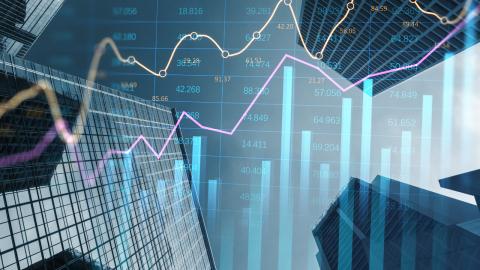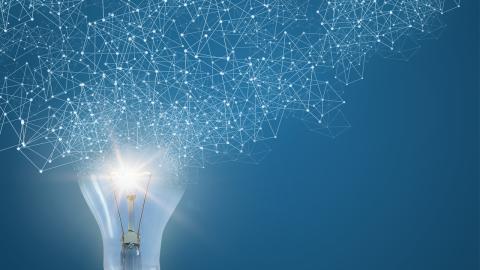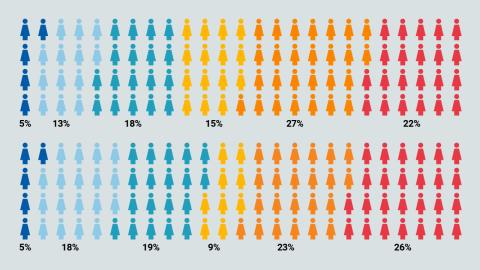Avoiding downtime remains a top priority for managers of critical digital infrastructure. As the demands placed on IT change, so do the types, frequency and impacts of outages. This report draws lessons from recent outage data.
filters
Explore All Topics
How is the Ukraine conflict affecting digital infrastructure and the data sector? In response to multiple queries, Uptime Institute Intelligence has identified six main areas where operators and customers of digital infrastructure are experiencing…
A service level agreement (SLA) is a contract between a cloud provider and a user. The SLA describes the provider’s minimum level of service, specified by performance metrics, and the compensation due to the user should the provider fail to deliver…
In general, the prices of cloud services either remain level or decrease. There are occasional price increases, but these are typically restricted to specific features; blanket price increases across product families are rare.Price cuts are often…
The cloud model was designed to be simple and nimble. Simple and nimble doesn’t necessarily mean fit for purpose. Over the past decade, new layers of capability have been added to cloud to address its shortcomings. While this has created…
The COVID-19 pandemic has stressed supply chains globally, resulting in higher prices and increased delivery times for many components. Shortages and delays are likely to persist into 2022 and beyond as demand for IT, and for new data center…
Vendor lock-in is regularly levied as a criticism of cloud services. But the reality of IT is, there has always been lock-in. Even before cloud, enterprises were locked into hardware, operating systems, database platforms, data centers and…
As major businesses feel a growing sense of urgency to dramatically cut carbon emissions, opinions are starting to shift in favor of nuclear power, which is not classed as clean, but is a near-zero carbon energy source. The digital infrastructure…
The power usage effectiveness (PUE) metric is predominant thanks to its universal applicability and its simplicity: energy used by the entire data center, divided by energy used by the IT equipment. However, its simplicity could limit its future…
Operators often say that data center infrastructure management (DCIM) software is a necessary evil. Modern facilities need centralized, real-time management and analytics, but DCIM is notoriously difficult to deploy. The software is also not easy to…
Increasing demand for data center capacity is challenging operators to optimize their server footprint. What is the relative value of virtualization, software containers, public cloud, and IT upgrades to manage growth? What elements of data center…
Uptime Institute’s annual survey, now in its eleventh year, is the most comprehensive, longest-running study of its kind in the data center sector. The findings reveal significant growth but also increasing complexity and challenges for owners and…
Demand for edge data centers has started to increase from low levels. Uptime Institute’s research shows that owners, operators, and suppliers alike anticipate further growth across different industry verticals, especially in North America.While…
Power purchase agreements (PPAs) are often a preferred method for data center operators to procure renewable electricity, but their fixed purchase price and duration (eight to 20 years) can pose significant financial and power management risks.Data…
The pandemic has accelerated some long-term trends toward greater use of digital services, remote working and remote operation. Overall, costs have been pushed up, but other impacts are less clear — some are even counter-intuitive. Many…
 Andy Lawrence
Andy Lawrence
 Douglas Donnellan
Douglas Donnellan
 Lenny Simon
Lenny Simon


 Owen Rogers
Owen Rogers

 Tomas Rahkonen
Tomas Rahkonen


 Jacqueline Davis
Jacqueline Davis

 Intelligence Team
Intelligence Team

 Daniel Bizo
Daniel Bizo

 Jay Dietrich
Jay Dietrich
